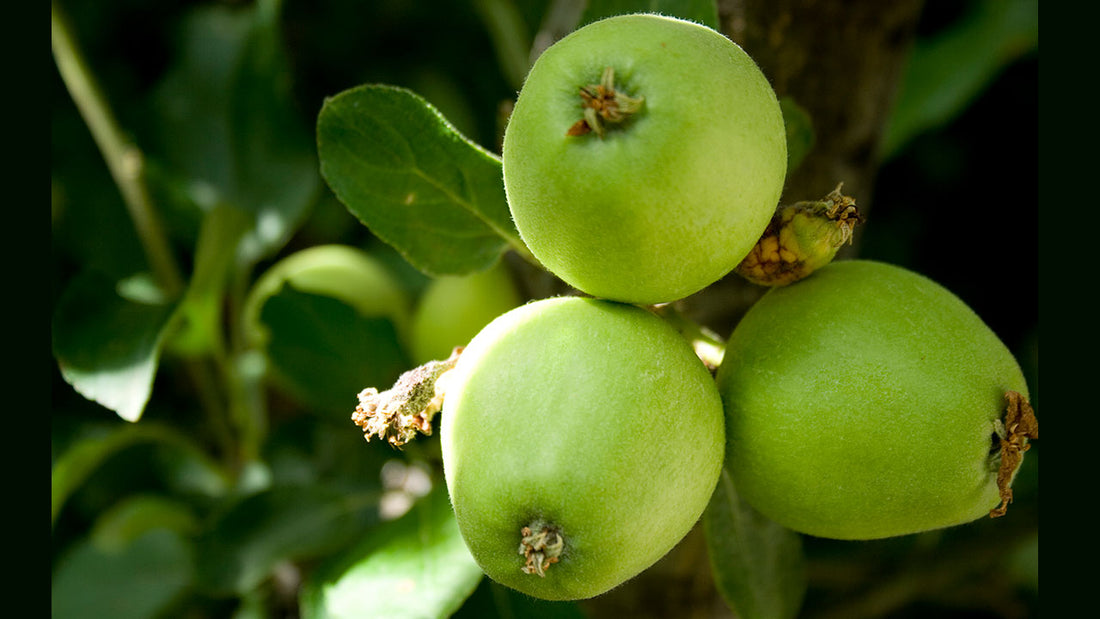Ever have the feeling your fruit trees were going in cycles? Well, it might not be your imagination. Some species of fruit trees can fall into what is called "alternate bearing", meaning one year you get a massive crop and the next year your tree sets hardly anything. Alternate bearing has been observed in apples, pears, plums, apricots, cranberries, blueberries, pecans, citrus, and avocado. There are some species and some varieties that are more susceptible to this pattern than others. I wish there was some sort of exhaustive list out there of varieties particularly prone to this. For your edification I will list the few that I've found through scouring the internet and university articles.
- Apples: Golden Delicious Fuji Cameo Gravenstein Wealthy Rome (moderate tendency)
- Pears: Bosc
- Plums: French (moderate tendency)
So what causes alternate bearing? Often it is an external thing, like the weather, that can kick a tree into the alternate bearing (AB) pattern. Once the pattern is established it can continue for many years unless there is intervention. The best intervention for a tree already in an alternate bearing habit or to prevent a tree from falling into it is thinning the fruit early.
Thinning helps even out the fruit load because the current year's crop is in competition with next year's blossoms. A heavy current crop saps too much energy from next year's blossoms and so you get a poor crop next year. It might be hard to remove fruit, but in the long run it will improve your tree's health and productivity.
When and how to thin? Most recommend thinning 30-40 days after full bloom as the most effective time to do it. For apples and pears you want to cluster thin. Pinch off all of the fruit except for the largest one. Optimally, leave one apple or pear for every six inches of branch. Take off all of the ones that show damage by weather or insects.
It's important to destroy insect-damaged fruit, especially in apples and pears because they could be infected with codling moth larvae (which are the leading cause of wormy apples and pears). Codling moth larvae burrow into the fruit so if you leave the fruit on the ground around the tree or even in a compost heap (unless you're running a super hot pile!) the larvae can continue their life-cycle.
When you thin apricots or plums leave 3 to 5 inches between fruit. For More Reading check out this article from Penn State Cooperative Extension.

